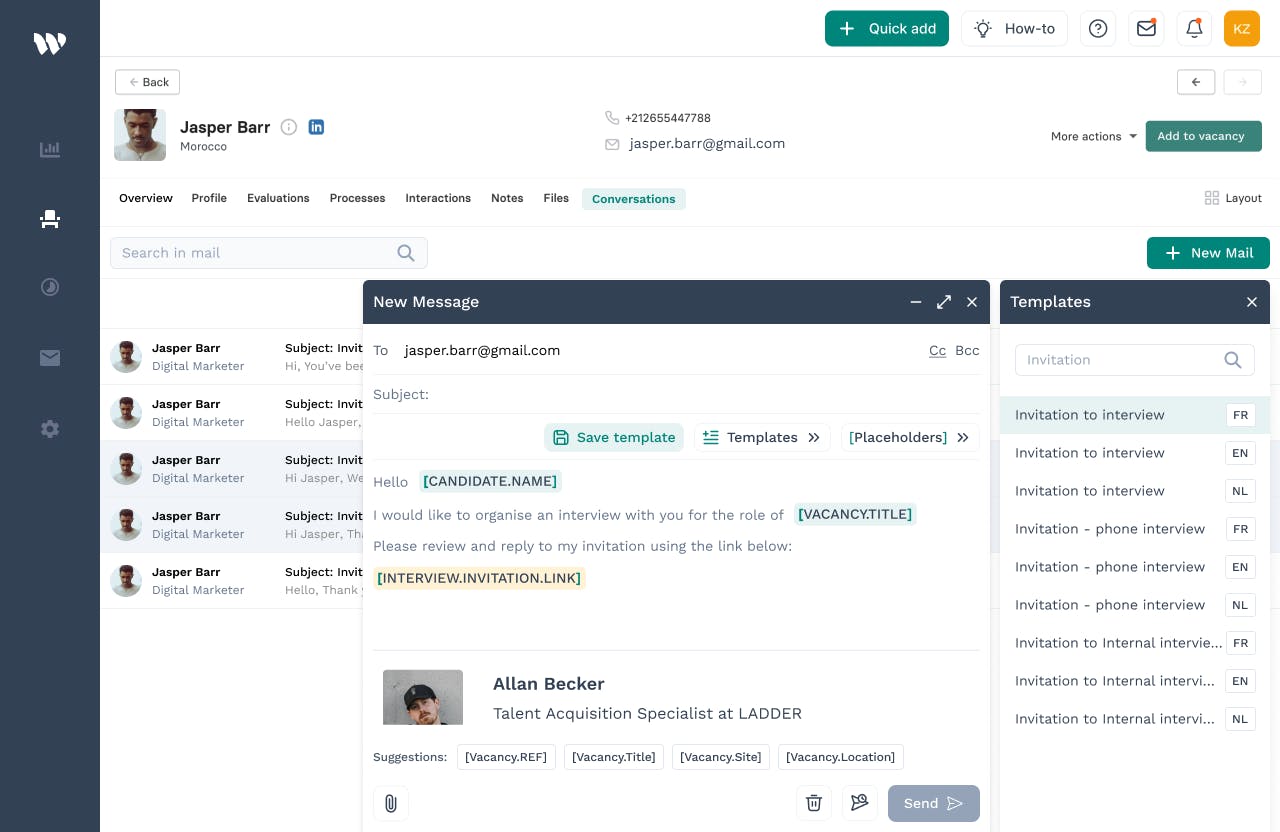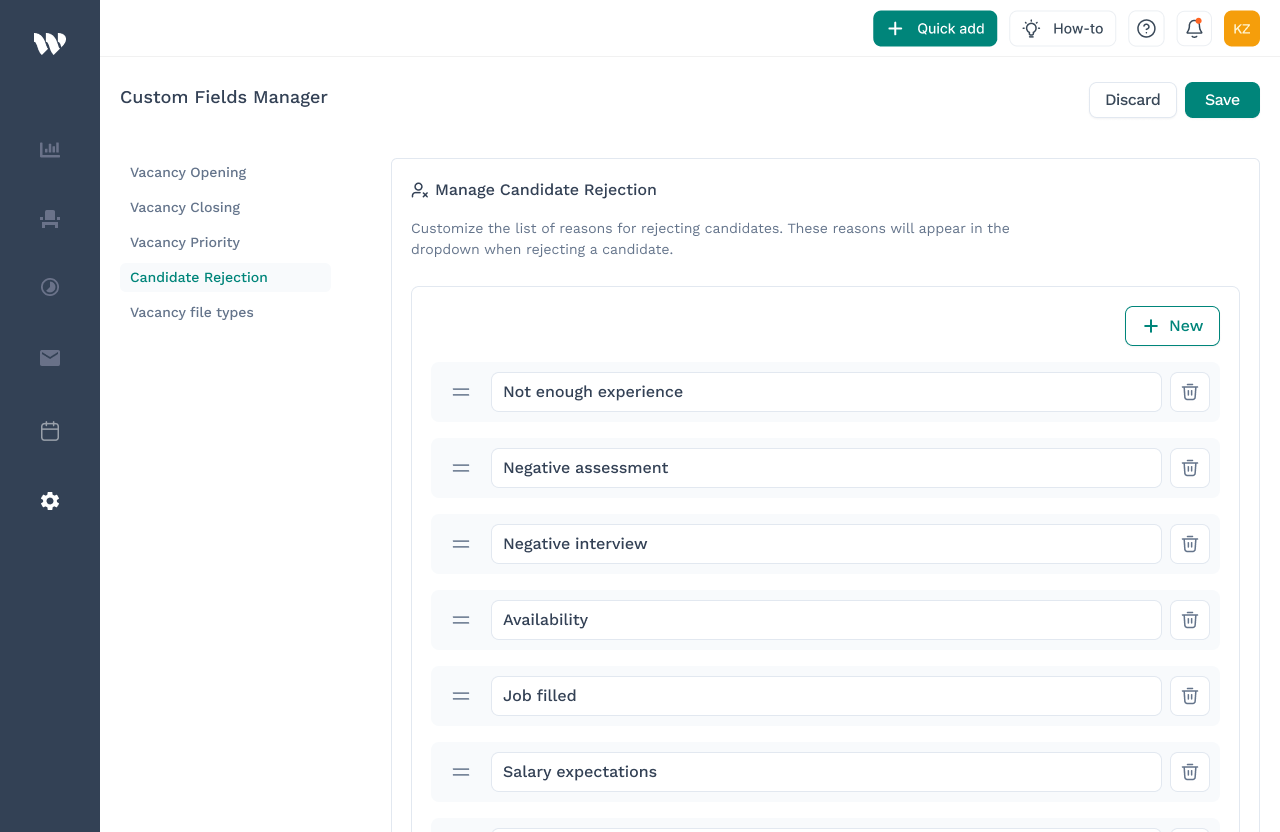Unlocking Efficient Recruitment - The Secret to Mastering Hiring Communication
Does it ever feel like managing communication during recruitment is a juggling act? Emails, texts, and calls coming from all directions can quickly turn into chaos. It’s easy to feel overwhelmed when you’re trying to coordinate schedules, share feedback, and keep everyone updated. Yet, we all know that effective communication is the backbone of a smooth recruitment process and a positive candidate experience. So, how do you transform this chaos into a streamlined, stress-free system?
Here’s a better way forward:
Imagine a recruitment process where every email is seamlessly linked to the right candidate profile, where you never have to switch between tabs or apps to track conversations, and where your entire team has instant access to the same information. Sounds like an ideal scenario, right?
This scenario becomes a reality when you sync your mailbox with your recruitment platform. This integration doesn’t just simplify communication—it completely transforms it. By centralizing all your interactions in one place, you can stay organized, reduce the risk of missed updates, and drastically improve the efficiency and effectiveness of your hiring process.
Wiggli: A Unified Communication Experience

At Wiggli, we recognize the importance of streamlined communication. That’s why we’ve developed a platform that takes email syncing to the next level. Our system seamlessly connects Gmail or Outlook accounts with your recruitment workflow. Every action you take within the platform is automatically tracked and organized, eliminating the need for manual forwarding or app-switching—everything stays connected and centralized.
All your conversations are instantly connected to the correct candidate profiles, giving your entire hiring team full visibility. This ensures alignment across the board, enhances collaboration, and significantly increases the efficiency of your recruitment process.
How It Works: The Complete Picture!

- Unified Inbox: Imagine having all your communication in one place. Wiggli syncs with your Google or Outlook emails, ensuring every message is automatically linked to the relevant candidate profile. No more juggling platforms—everything you need is just right here.
- Effortless Organization: Forget endless scrolling. Wiggli organizes your emails by relating them to the appropriate profiles. Finding important messages has never been simpler!
- Time-Saving Templates: Why start from scratch every time? customizable email templates let you handle interview invites, follow-ups, and more in seconds. Increase efficiency and save valuable time effortlessly.
- Enhanced Productivity: Schedule and centralize emails in one place to improve team efficiency. Achieve greater results with less disruptions and a smoother workflow.
- Advanced Search and Filtering: Locate any email instantly with powerful search options. Use filters to automatically sort incoming mail into the right folders.
- Custom Signature: Design your own personalized email signature to add a professional flair to all your communications.
Game-Changing Benefits:
✅ Enhanced Collaboration: Centralized communication ensures that all team members have access to the same information, facilitating better collaboration and more informed decisions.
✅ Streamlined Communication: Simplifying routine tasks like sending interview invites and feedback requests to reduce manual work and ensure consistent, timely updates.
✅ Improved Candidate Experience: Clear, timely communication leads to a 20% increase in positive candidate feedback. Candidates who feel informed and respected are more likely to view your company favorably.
✅ Faster Decision-Making: With all communication in one place, your hiring team can make quicker, more informed decisions, speeding up the entire recruitment process.
Conclusion
Effective communication is the key to a seamless hiring process. By consolidating all your communications with the right tool, you not only make your job easier but also create a positive candidate experience. Ready to transform your hiring process? Embrace efficient communication and see the difference it makes!
Meet our experts and book you free demo to learn more!


